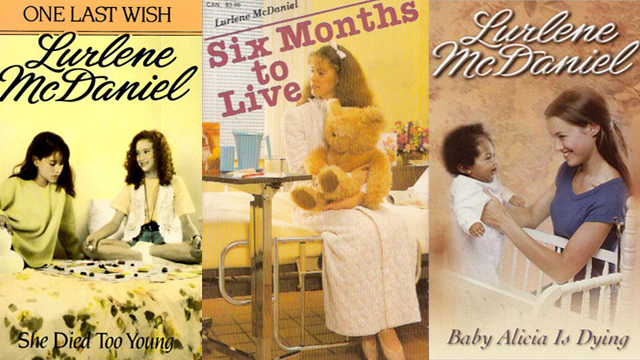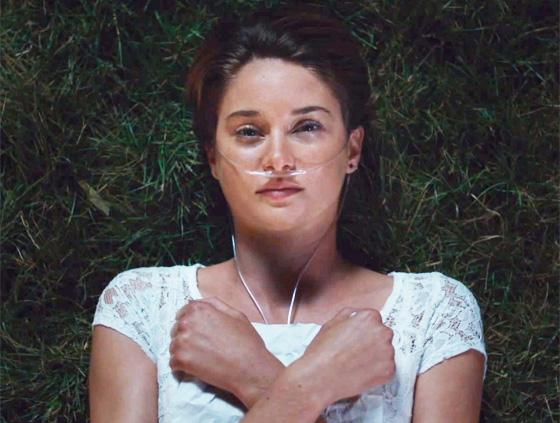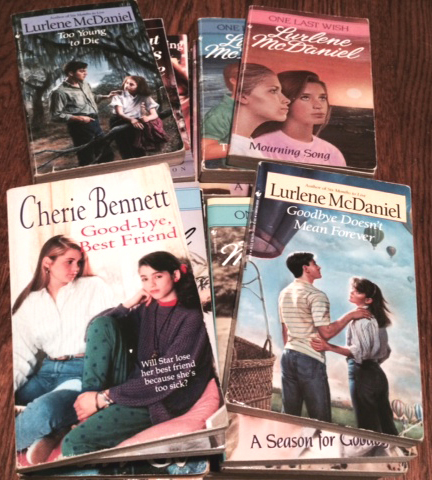By Kimra McPherson
It's been a bit uncanny for me to witness the monstrous success of The Fault in Our Stars. John Green's novel about a whirlwind romance between two teenagers with cancer has spent 80 weeks on the New York Times young adult bestseller list; on opening weekend, the movie adaptation raked in more money than Tom Cruise's latest project.
It’s a bit different from the early ‘90s, when I was a kid who loved reading about kids with cancer. Back then, I'd hit my local Waldenbooks to scoop up all the Lurlene McDaniel books my allowance could buy, learned about brain tumors and cystic fibrosis from the fictional kids at Hope House, and became a little obsessed with the TV movie starring Reese Witherspoon as a plucky (they were always plucky) football player stricken with leukemia.
I wasn't alone — but I didn't know that at the time. I didn't exactly hide my sick-kid books, but I wasn't sharing them with my friends the way we swapped The Baby-Sitter's Club or Fear Street.
 The first time I remember finding out other people shared my obsession was 2005, when Bitch Magazine ran a piece about "sick lit." The current moment has brought far more of us out of the woodwork: When The Guardian UK’s Tanith Carey dubbed the genre “distasteful” last year, it prompted plenty of responses from women who had once curled up with a good cancer story. More recently, Vulture’s Margaret Lyons reminisced about her years of reading many of the same stories that filled my shelves (“the books about diabetics were, at best, a last resort”).
The first time I remember finding out other people shared my obsession was 2005, when Bitch Magazine ran a piece about "sick lit." The current moment has brought far more of us out of the woodwork: When The Guardian UK’s Tanith Carey dubbed the genre “distasteful” last year, it prompted plenty of responses from women who had once curled up with a good cancer story. More recently, Vulture’s Margaret Lyons reminisced about her years of reading many of the same stories that filled my shelves (“the books about diabetics were, at best, a last resort”).



